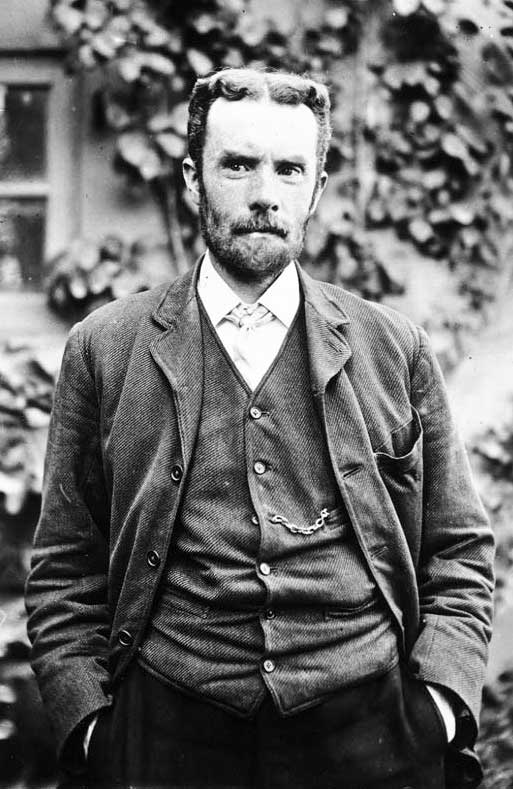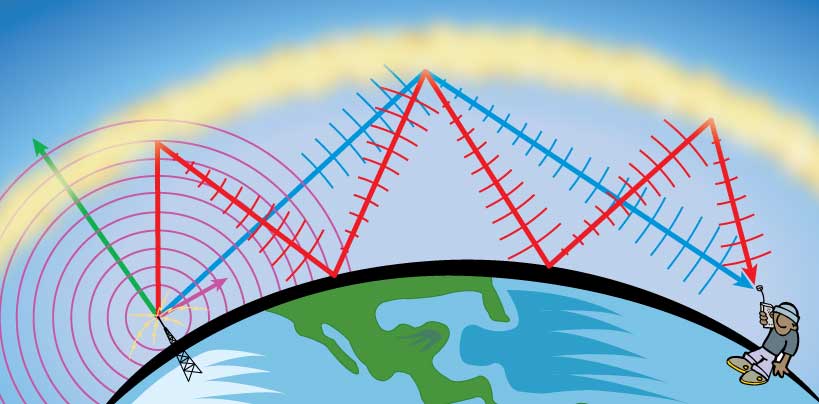Oliver Heaviside
Science: Electrical Science

Oliver Heaviside was born on May 18, 1850 in Camden Town, London. Heaviside became interested in electrical science (MP4) because his uncle was an electrical scientist (MP4). He got his start as a telegraphic operator (MP4). He taught himself Morse Code and studied books about science. It was during this time that he began losing his hearing.

After quitting this job he started researching electrical science on his own time at home. Heaviside was very good at math equations (MP4) and used them to explain electric currents. He invented "operational calculus (MP4)" and the "telegrapher's equation." Another deaf scientist, John Ambrose Fleming, was able to use the things Heaviside discovered in his work.

He was the first to explain the continuous movement of electrons (MP4). He was also the first to predict that as a charge's speed increases so does the mass (MP4).
Heaviside did not have many friends. He liked to be alone. When he was alone, he wrote many papers that appeared in several different magazines such as The English Mechanic and Philosophical Magazine. His most important discoveries were his theories (MP4) and formulas (MP4) about telephones.
/prod01/twu-cdn-pxl/media/images/deaf-scientist-corner/english-mechanic.jpg) English Mechanic
English Mechanic
Credit: Fair Use
/prod01/twu-cdn-pxl/media/images/deaf-scientist-corner/philosophical-magazine.jpg) Philosophical Magazine
Philosophical Magazine
Credit: Fair Use

Heaviside thought there was a layer of the atmosphere that would reflect (MP4) radio waves (MP4). This would allow people to make farther calls. He was right! The layer of the atmosphere was named the Kennelly-Heaviside layer. Now we call it the ionosphere.
Heaviside died on February 3, 1925 in Paignton, Devonshire.
Honors
- American Institute of Electrical Engineers
- Faraday Medal
- Honorary doctorate from the University of Gottingen
Read More about Oliver Heaviside
PBWorks Wiki - Oliver Heaviside
References
- Lang, H. G., & Meath-Lang, B. (1995). Oliver Heaviside. In A Biographical Dictionary: Deaf Persons in the Arts and Sciences (pp.182-185). Westport, CT: Greenwood Press.
Page last updated 11:35 AM, April 20, 2023